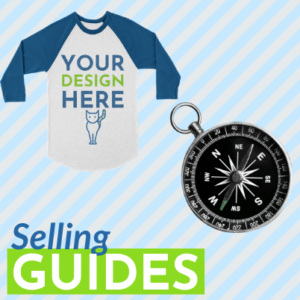How To Improve Website Performance
Slow loading web pages can lead to a high bounce rate, low user engagement, less traffic, and hence adverse effects on your sales.
Does your e-commerce journey feel like a constant race among your competitors? How do you stay afloat? Avoid high bounce rates, low user engagement, and eliminate traffic problems by optimizing your e-commerce site speed today! Here are a few tips to give your conversion rates a little boost today.
Here are a few ideas on how to optimize your store and ensure that website performance is up-to-date to generate returning customers.
Test The Speed
First and foremost, test it! Slow times result in angry customers, decrease in traffic, horrible Google ratings, and zero trust. Google trusts your customers’ interactions more than it trusts you. Good reviews will help you gain better online visibility.
Check your website speed here. This tool will help you achieve the best site speed results.
Compress Images
E-commerce stores are image-oriented. That takes up a ton of space which take a long time to load. Optimize your images correctly. Use images that are the appropriate size – no more than 1,000 pixels. E-commerce marketers should almost always use JPEGs for product photos because JPEG offers a solid balance between the file size and quality.
If you are using PNG, optimize to a smaller file.
Wordpress Plugin: TINYPNG is a helpful tool to compress your images with no loss of quality.
Shopify Plugin: Image Optimizer is similar to TinyPNG. It costs $5.
Choose a Fast Shopify Theme
Choose a website that is fast and visually appealing for customers to buy. Choosing your theme will depend on multiple factors that are based on an individual’s style and goals. Check out the Top Things to consider when buying a Shopify theme.
Minimize Plugins
Remove all unused apps and plugins to help with the efficiency of your website.
Fix Broken Links
Broken links often lead to discouraged customers with the impression that your site cannot be trusted. Broken links affect your brand’s image negatively and reputation in the e-commerce community. Use Google Analytics to find broken links and exponentially improve the customer experience.
Use Google Tag Manager
What are tags? A code that you embed in your website’s JavaScript or HTML to extract certain information. Tags help you get a better understanding of the user activity on your site. Consider Google Tag Manager as a spy tool. A tool that helps to track customer interaction with your site.
Streamlined Navigation
Online stores that look cluttered and disorganized won’t perform well. In order to attain a high conversion rate, it is necessary that the website should have easy navigation. An organized store helps guide customers smoothly to the end of the sales funnel without backing out.
Monitor your site regularly, test for broken links, and use available tools to improve your store to accomplish your goals.


